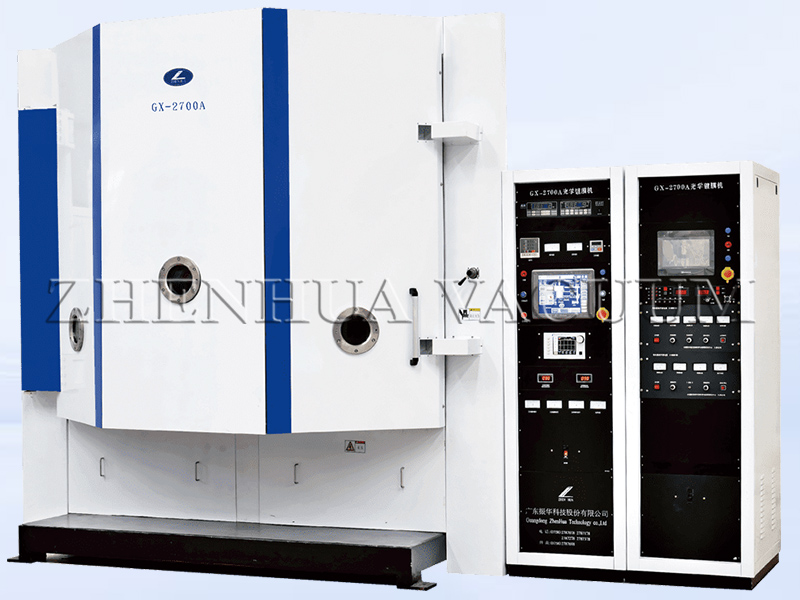Since filters, like any other man-made product, cannot be manufactured to exactly match the specifications of the manual, some allowable values must be stated. For narrowband filters, the main parameters for which tolerances should be given are: peak wavelength, peak transmittance, and bandwidth, because in almost all applications the higher the peak transmittance the better, and it is usually sufficient to state its lower limit. For peak wavelength tolerance there are two main aspects. The first is the uniformity of the peak wavelength over the surface of the filter. There will always be some variation, albeit very small, across the film, but a limit must be given. Second, the error in measuring the average peak wavelength over the entire area of the filter. This allowance is often positive, so that the filter can always be tilted to adjust to the correct wavelength. For a given bandwidth, the amount of tilt allowed in any application will be determined to a large extent by the diameter and field of view of the system, because as the tilt angle increases, the full range of angles of incidence that the filter can accept decreases.

The bandwidth of the filter should also be specified and given an allowance, but because of the difficulty of controlling the bandwidth very accurately, it is usually not possible to limit the bandwidth very strictly, and the allowance should be as wide as possible, generally not less than 0.2 times the calibrated value, unless there is a special requirement for it.
Another important parameter in the optical performance index is the cutoff in the cutoff region, which can be defined in several different ways, either as the average transmittance over the entire range, or as the absolute transmittance over the entire range at any wavelength, both of which can give an upper limit. The first is often applied when the source of the interference is a continuous spectrum, the second to a line source, in which case the wavelength applied, if known, should be stated.
Another quite different method of stating the performance of a filter is to plot the maximum and minimum envelopes of the variation of transmittance with wavelength The performance of the filter must not fall outside the region covered by the envelope; it is important that the acceptance angle of the filter should also be stated. This type of metric is more explicit than the first one mentioned above, however, one shortcoming of this metric description is that the method describes each link in absolute terms, which can be very demanding when using the average value may be just right. Further, it is not possible to design a test to determine if a filter meets this type of absolute metric, and the limited bandwidth of the test instrument ends up having an effect. Therefore, if filters are to be described in this way, it is recommended that a note be included that the filter performance described at each wavelength is an average of the performance at certain intervals. In general, descriptions of optical performance metrics have been made with little need for additional subs. In any one application these elements will show varying degrees of importance, and each case must to a large extent be considered in terms of their own objectives It is clear that in this field it is important that the work of the system designer be closely integrated with that of the filter designer.
–This article is released by vacuum coating machine manufacturer Guangdong Zhenhua
Post time: Sep-28-2024

